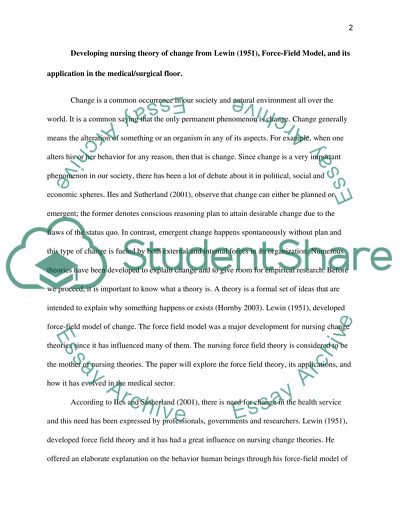Cite this document
(“Lewin Theory Force-Field Model Essay Example | Topics and Well Written Essays - 2000 words”, n.d.)
Lewin Theory Force-Field Model Essay Example | Topics and Well Written Essays - 2000 words. Retrieved from https://studentshare.org/nursing/1445942-lewin-theory-force-field-model
Lewin Theory Force-Field Model Essay Example | Topics and Well Written Essays - 2000 words. Retrieved from https://studentshare.org/nursing/1445942-lewin-theory-force-field-model
(Lewin Theory Force-Field Model Essay Example | Topics and Well Written Essays - 2000 Words)
Lewin Theory Force-Field Model Essay Example | Topics and Well Written Essays - 2000 Words. https://studentshare.org/nursing/1445942-lewin-theory-force-field-model.
Lewin Theory Force-Field Model Essay Example | Topics and Well Written Essays - 2000 Words. https://studentshare.org/nursing/1445942-lewin-theory-force-field-model.
“Lewin Theory Force-Field Model Essay Example | Topics and Well Written Essays - 2000 Words”, n.d. https://studentshare.org/nursing/1445942-lewin-theory-force-field-model.


